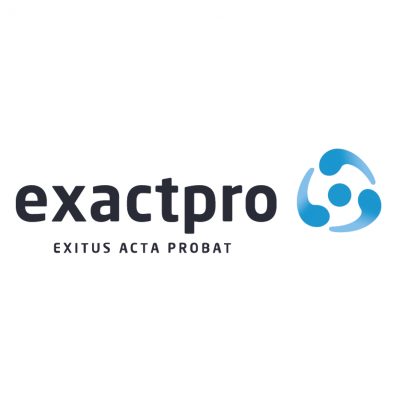Exactpro Systems, a leading quality assurance vendor to financial markets infrastructure firms, recently completed a successful quality assurance project with the Johannesburg Stock Exchange (JSE). The decision of JSE to launch its Integrated Trading and Clearing (ITaC) multi-year program is based on its commitment to offering the best services on world class systems.
On the trading side, that meant migrating its Equity, Equity Derivatives and FX Derivatives markets to the Millennium Exchange™ and Millennium Surveillance™ platforms provided by LSEG Technology. For clearing, it involved the migration of certain markets onto the new Cinnober (now part of Nasdaq) Real-Time Clearing (RTC) solution.
Exactpro Systems, by adapting its bespoke Sailfish, Shsha and Load Injector tools to JSE’s technical requirements, was able to test the entire trading system and message flow, including positive and negative input data testing. Specifically:
- Sailfish is an active, real-time tool used for exchange, MTF and broker systems testing. It can also be used as an exchange simulator for testing post-trade systems or smart derivatives.
- Shsha is a post-transactional passive testing tool for backend systems, ensuring compliance with audit and regulatory requirements without interacting with them.
- Load Injector is a load generator built to stress test scalable high-load trading infrastructures and supports FIX (all versions), ITCH, LSE Native, SOLA SAIL & HSVF, HTTP, SOAP, and various binary trading-system protocols.
“The automated testing solutions provided by Exactpro allow us to perform in-depth testing to ensure software quality before deploying into live service,” said Hendrik Kotze, Chief Information Officer of the JSE. “We will continue our collaboration with Exactpro to ensure that the JSE continues offering reliable, secure and efficient capital markets across diverse range of instruments.”
Download the case study to learn more.


